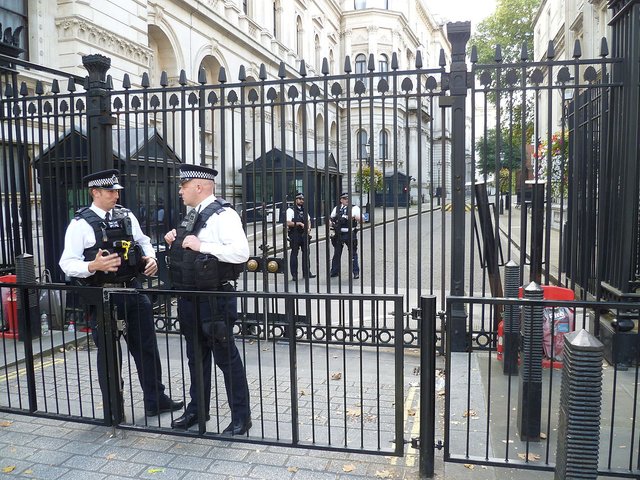The Architecture of Abuse (Chapter 2.18)
Every major cultural tradition produces its corresponding architecture. What then is the architecture of child abuse? And how does this architecture enable the pervasive rape of children in our cultures?

The Aztecs built sacrificial altars. These altars formed an integral part of the Aztec temple buildings, and were overt spaces where abuse was practiced. Yet, in our 'modern' civilizations, the practice of child-sacrifice (in its literal and psycho-emotional forms) is often more covert. So what do the altars of today look like? Where are these totems and spaces in which we 'sacrifice' the children of early 21st Century planet Earth?
A fractured society builds fractured spaces
The design of our buildings and public spaces carry within their structures a vast, unspoken history of the abuse of children: At the most basic level, the fracturing of tribal, communal society evidences itself in the brick-boxes inside which many 'families' sequester themselves. The average, modern town is a visible, external sign of the invisible, internal fracturing of the collective human psyche. Many people live in walled-off subsections, often behind locked doors, gates, fences and curtains.

We have, over the last few hundred years, witnessed the repeated subdivision of our living-spaces into smaller and smaller units, and the reduction of the 'family' into smaller and smaller groups. This process of subdivision has left us with many discrete, two-person (typically) households. These two individuals are then given charge of any children they bring to life. The children are considered property of the two individuals and referred to as 'my' child.
Readers with a cursory background in behavioural psychology will immediately recognise the scenario we have just described as being similar to the conditions under which The Stanford Prison Experiment was conducted. Typically, two humans (nominated as 'parents') are given command over smaller humans (nominated as 'children'). Consider the power dynamic, and architecture of the modern home, in comparison to the prison-guards nominated in The Stanford Prison Experiment.
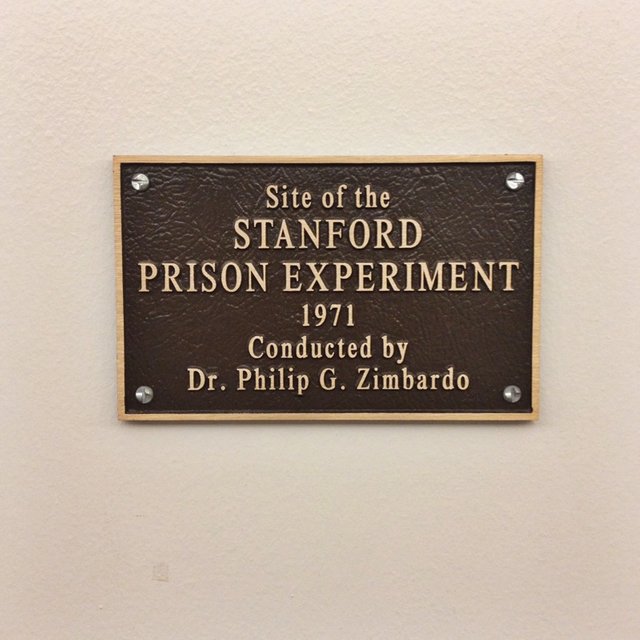
Some contemporary occult groups still use much of the furniture and spaces of ancient times to abuse children. For example, modern pedophile rings, like the Catholic Church, have designed their franchises to contain many secret doors and hidden rooms.
The architecture of churches is typically one of concealment — where dark corridors and passageways lead to attics, crypts, offices and cupboards. The cynical reader may consider the architecture of church buildings to be incidental, but it is naieve to imagine that a group could, for hundreds of years, abuse children on an industrial scale and not have this abuse writ large into the masonry of their 'temples'.
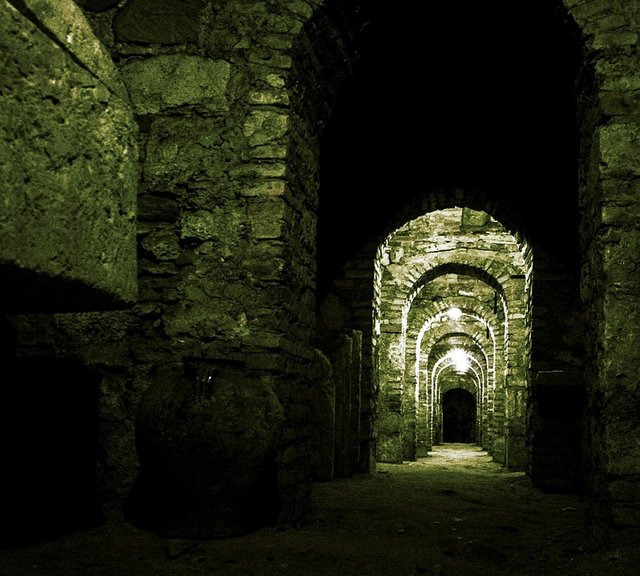
Buildings of Abuse
In his book 'The Architecture of Happiness' philosopher Alain De Botton explores the psychological ways in which the spaces that surround us elicit different feelings and support certain behaviour patterns. However, his book does not (presumably because it is taboo) explore the ways in which architecture supports and reflects the abuse of children.
Dominant political movements often have their own architectural preferences, perhaps none so overt as that of the Nazis.
The Nazis built structures that facilitated their activities: From grand auditoriums like the Sportpalast in Berlin for dictatorial speeches; to the gas chambers for the holocaust.
In their new forms, modern Nazis continue to create structures that support their aims: From the temple spaces on Jeffrey Epstein's 'pedophile island', to the net-curtained windows of English households: Abuse requires a repertoire of supporting props and stage-sets.
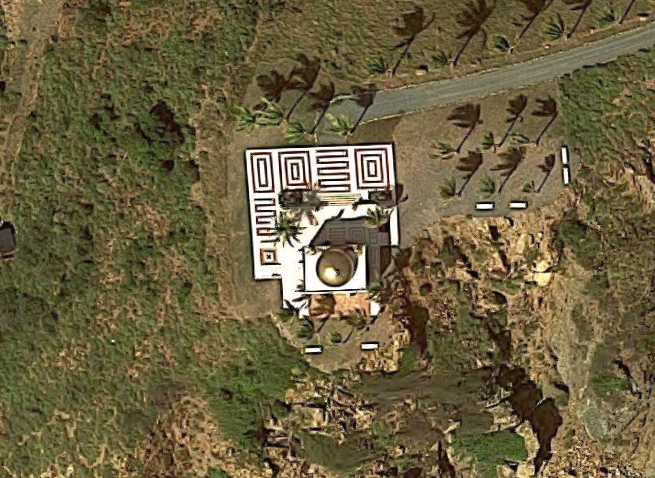
Structures seen on Jeffrey Epstein's 'pedophile island'
Walls and Doors
More than 1 in 3 women and 1 in 5 men have been sexually abused. The architecture of our 'modern' societies facilitates and supports the perpetration of this abuse.
In its most simple form, the architecture of abuse relies on walls and doors. Both these structures can contain children or adults for the purpose of abuse. Then, other walls and doors, subsequently, protect these abusers from public outrage at their crimes.
To return to an overt example before looking at the covert examples in our present day: The Nazis built concentration camps with perimeter fences and armed guards to keep prisoners inside:

Yet the construction of these abusive compounds necessitated similar-looking compounds to protect the abusers from the consequences of their actions. In other words: For every architectural Yin of abuse; a Yang of self-defence agains the consequences of that abuse is required. And so we get Nazi fortifications like this, which protect the architects of the camps from the consequences of their action. Both are camps. One in which people are abused; the other in which the abuser is protected from consequence:
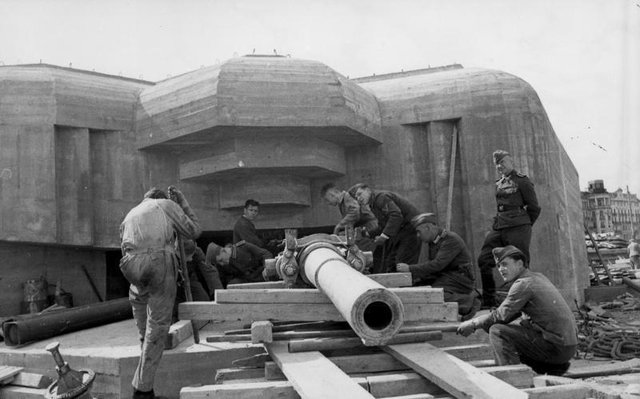
We can see the same pattern played out today. The foreign policy of the Western World, for example, creates concentration camps like this:

Which require corresponding defensive structures like this:

Again, the architecture of a Guantanamo Bay or Abu Ghraib allows abuse to be perpetrated. The architecture of the Pentagon and other so-called 'government' buildings then protects the abuser from the consequences of this abuse. We can see how the architectural structures of abuse require a corresponding fortification of the abuser's structure. Every prison-camp requires a corresponding fort.
The Architecture of Power
Here is Grenfall tower, a structure that was designed to provide low-cost housing to those on a low income in London, UK:
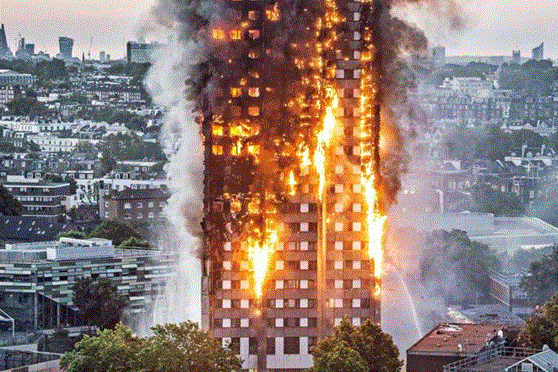
This fire killed many people on account of the neglect of wealthy land owners. The British Government has always neglected to represent or support lower-income people. Instead, it has supported the ambitions and needs of those at the top of a quasi-feudal hierarchy. For example, 1% of people in the UK own more than 50% of the land.
As a result of this, it has been necessary for the abusers to build corresponding fortifications to enable covert massacres like this to continue. Look, for example, at the defensive architecture surrounding the residences of those who perpetrated the fire at Grenfall:
Castles vs Farms
Traditionally, farms existed outside the castle walls. This feudal structure allowed the wealthy land-owner to defend his or her interests above the interests of the 'common' people. This is true even of today. Here, we can see the architecture of a modern farm:

Or here:

And the corresponding architecture that protects those who run the farms. In other words, the 'castles' that the farms report to:
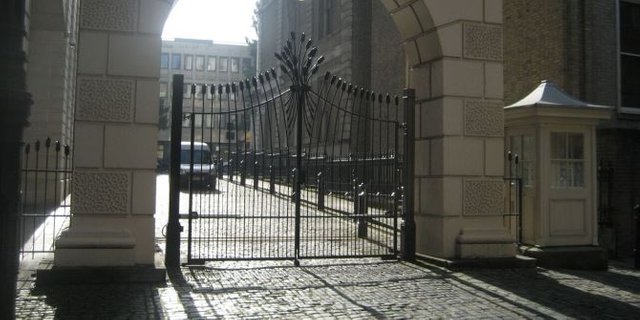
A rich, gated-community in central London
Rowland Atkinson, a Professor at the University of Sheffield, wrote of these rich Castle-owners that, "elaborate security systems, a supporting cast of staffers, and other services, enable a seamless engagement with space are all in place and emanate from the domestic realm. The ultimate goal of many buyers is a space that allows drive-in car parks with internal exits." In other words: The abuser need not in any way be in contact with the consequences of his abuse: He is architecturally insulated from the 'common people', and therefore his actions, through the design of the spaces he exists in.
It seems that the architecture of abuse always requires two components to function: Both walls and doors to keep the abused trapped inside; and also corresponding walls and doors to keep the abuser protected from the fallout of his exploitation of society.
In short: For every mansion, somewhere else there is a prison cell. And the perpetrators of the most extreme and pervasive sexual abuse against children, typically occupy the most lavish and fortified mansions. Such architectural defences are only necessary when an abuser has hurt so many people, over such a long period of time, that they now fear a retaliatory attack from all directions, and must be heavily guarded.
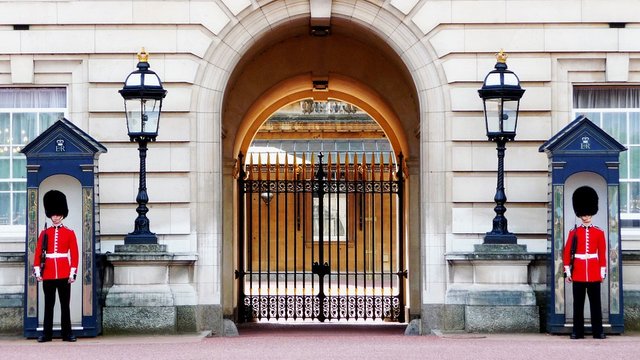
Buckingham Palace in London
Previously published sections:
1.0 Our village is sick
1.1 What is Mind control?
1.2 Engineered Ignorance of the Occult
1.3 The History of Mind Control
2.0, 2.1 Splitting and Spinning
2.2 Near-drowning
2.3 Live burials
2.4 Use of animals and insects
2.5 Association of creativity with pain
2.6 Use of electric shocks as a programming method
2.7 Ritual Murders and their Meaning
2.8 (Part I) Sexual morality, violence, and Power
2.8 (Part II) Sexual morality, violence, and Power
2.9 (Part I) Ritual abuse of babies and infanticide
2.9 (Part II) Ritual abuse of babies and infanticide
2.10 Masks and costumes as common features in trauma-based conditioning
2.11 Food deprivation as a popular technique used by mind-control programmers
2.12 Use of Drugs and Sedatives during Trauma-Based Mind Control
2.13 Use of Music in Trauma-Based Mind-Control programs)
2.14 Burning and Cutting in Trauma-Based Mind-control systems
2.15 Indicators of successful mind control
2.16 Splits in the internal-landscape of mind-control survivors
2.17 Repression and Depression as symptoms of unresolved core traumas
NOTE:
If you are reading this sometime in the distant future, please be aware that this is a draft chapter section from the book Secret Doors, Hidden Rooms: Understanding and Deprogramming Trauma-Based Mind-Control systems which may now be available as a complete and finished book. It will contain much more detail and an updated text. Try searching for it online.
